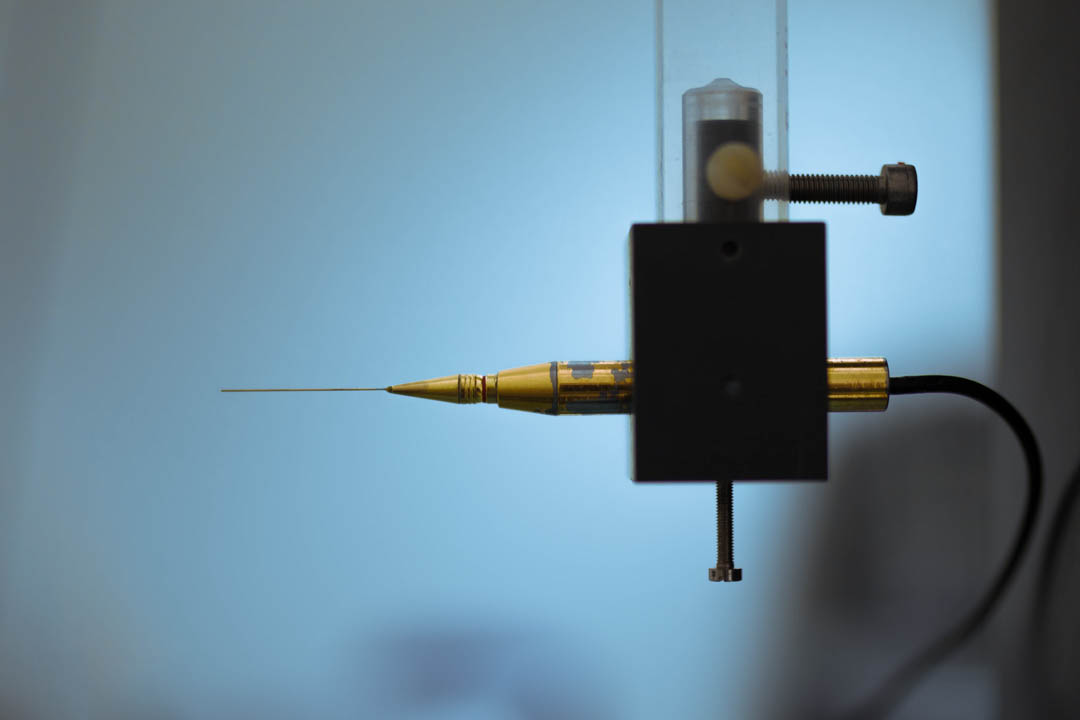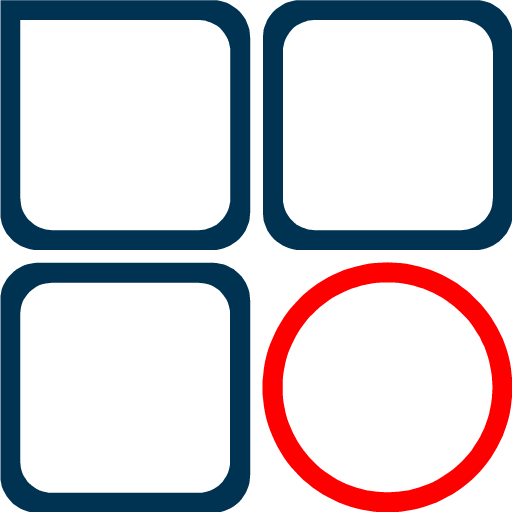Master Practical Course Biomedical Engineering

Course given by
Dr.-Ing. Stefanie Dencks
Course number
Language
Credit Points
Hours per week
Click here to go to
Moodle
Contents
In a basic experiment on ultrasound imaging, the fundamentals of sound reflection and attenuation, signal processing, and the formation of the ultrasound B-scan image are taught. Based on this, an ultrasonic transducer is optimized in a further experiment using FEM programs. FEM transducer models, equivalent circuit diagrams and design criteria for ultrasonic transducers are presented. An experiment on field simulation of acoustic wave propagation deals with array design and design criteria for ultrasonic transducer arrays. Beam shaping methods, imaging artifacts, and various scanning techniques are explored using the Field II simulation program so that students can gain hands-on experience with field simulations. The last experiment covers the topic of image registration. Here, the application example of computer-assisted surgery is used to teach how different image data can be fused. For this purpose, known algorithms are to be implemented in Matlab and then tested in a given experimental setup.
First organizational meeting
Room
Meeting starts
Meeting ends ca.
Day of first meeting
Practical Excercises
Room
Excercise begins
Excercise ends
Weekday
Objectives
Requirements
Prior knowledge
Literature
- Buzug, Thorsten M. “Einführung in die Computertomographie. Mathematisch-physikalische Grundlagen der Bildrekonstruktion”, Springer, 2007
- Oppelt, Arnulf “Imaging Systems for Medical Diagnostics”, Publicis Corporate Publishing, 2005


